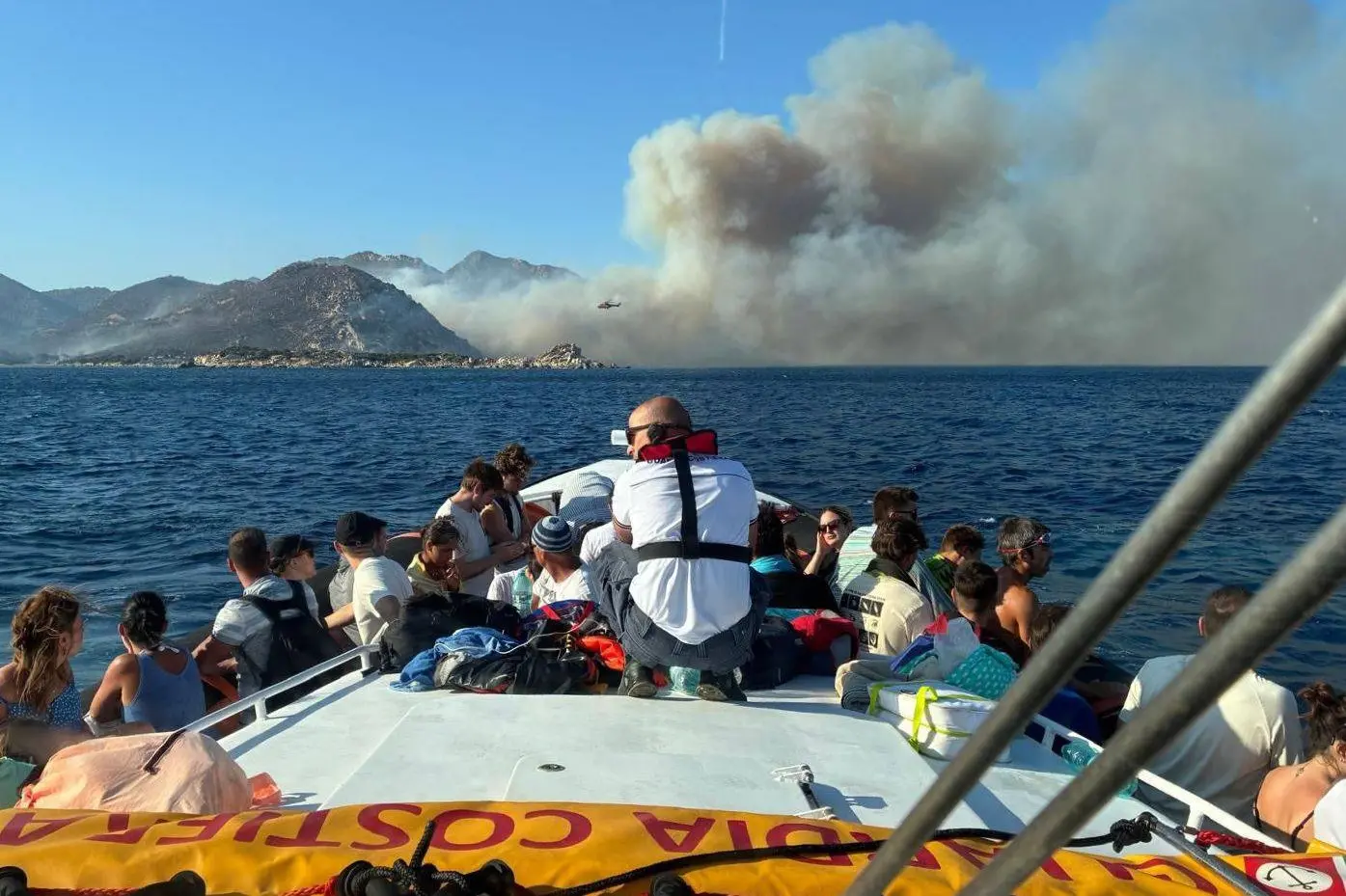Fires, Todde: "The Region hasn't stood idly by."
The President specifies that the Council has "deployed every resource and every available tool"Per restare aggiornato entra nel nostro canale Whatsapp
The devastating fires that have struck Sardinia in recent days have left deep scars. They have generated fear, anger, and legitimate concerns. We understand the pain of the affected communities and have no intention of minimizing anything. But it would be incorrect to say that the Sardinia Region has stood idly by. From the first day of our appointment, we have worked tirelessly to strengthen the fire prevention system, deploying every resource and tool available.
These are the words of the President of the Region, Alessandra Todde, who took stock of the activities implemented by the Regional Council for the prevention and fight against forest fires . Todde detailed the measures adopted and the investments made in just over a year of her term.
"Together with the Department of Environmental Protection, the Forestry Corps, and the Regional Civil Protection Agency," the president continues, "we have acted on multiple fronts, in a structural and progressive manner: with resolutions, strategic planning, European and national funding, new technologies, training, awareness-raising, and advance planning. We have invested in helicopters, water tankers, operational bases, forestry schools, monitoring networks, and local outposts. We have done all this without proclamations, but with seriousness, listening to the local communities, and a long-term vision."
Todde also clarified that the battle against fires "cannot be won in a single season" and that "there is still much to do," reiterating, however, that "the foundations for a more modern, integrated, and effective system have been laid."
To date, the regional firefighting system has been strengthened through an overall investment plan exceeding 120 million euros. On the operational front, two Super Puma helicopters have entered service, 700 operators have been trained for the AIB 2025 campaign, and the Nuoro forestry school has been reinstated. A competition for 600 new forestry officers has also been announced.
However, the AIB 2024 and 2025 plans were approved early, the monitoring network was expanded with the use of drones and qualified pilots, and agreements were signed with the fire brigade.
(Unioneonline)
